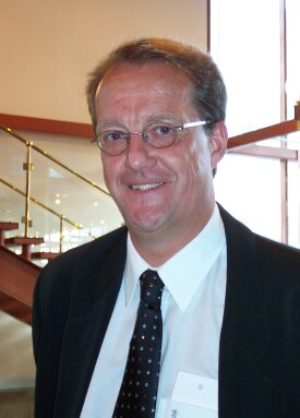Innovation Anthology #142:

Tracing the source of pollution is sometimes a tricky business. But University of Calgary researcher Dr. Bernhard Mayer has developed a new technique that will make this search much easier.
It’s called isotopic fingerprinting,and it helps distinguish between natural and manmade sources of chemicals.
DR. BERNHARD MAYER: Well these are natural abundance fingerprints. So all we need to do is bring samples into the laboratory. We need to convert the samples into gases and then do what we call isotope ratio measurements with mass spectrometers.
As Dr. Mayer explains, major environmental concerns are with water, carbon, nitrogen, and sulphur.
DR. BERNHARD MAYER: These isotopic traces allow us to distinguish water sources. Whether the water which is running in our rivers is from snow melt, whether its from ground water, whether its from summer precipitation. So it allows us to better understand the water resources in the province. If you talk about the carbon, nitrogen, sulphur cycle, the benefit is that we often distinguish anthropogenic effects from natural sources of these elements in the environment .
Dr. Bernhard Mayer was named a finalist in the Research and Innovation category at the 2008 Emerald Awards for Environmental Excellence.
FOR INNOVATION ANTHOLOGY
I’M CHERYL CROUCHER
Guest
,
, , , ,
Sponsor
Program Date: 2008-06-12